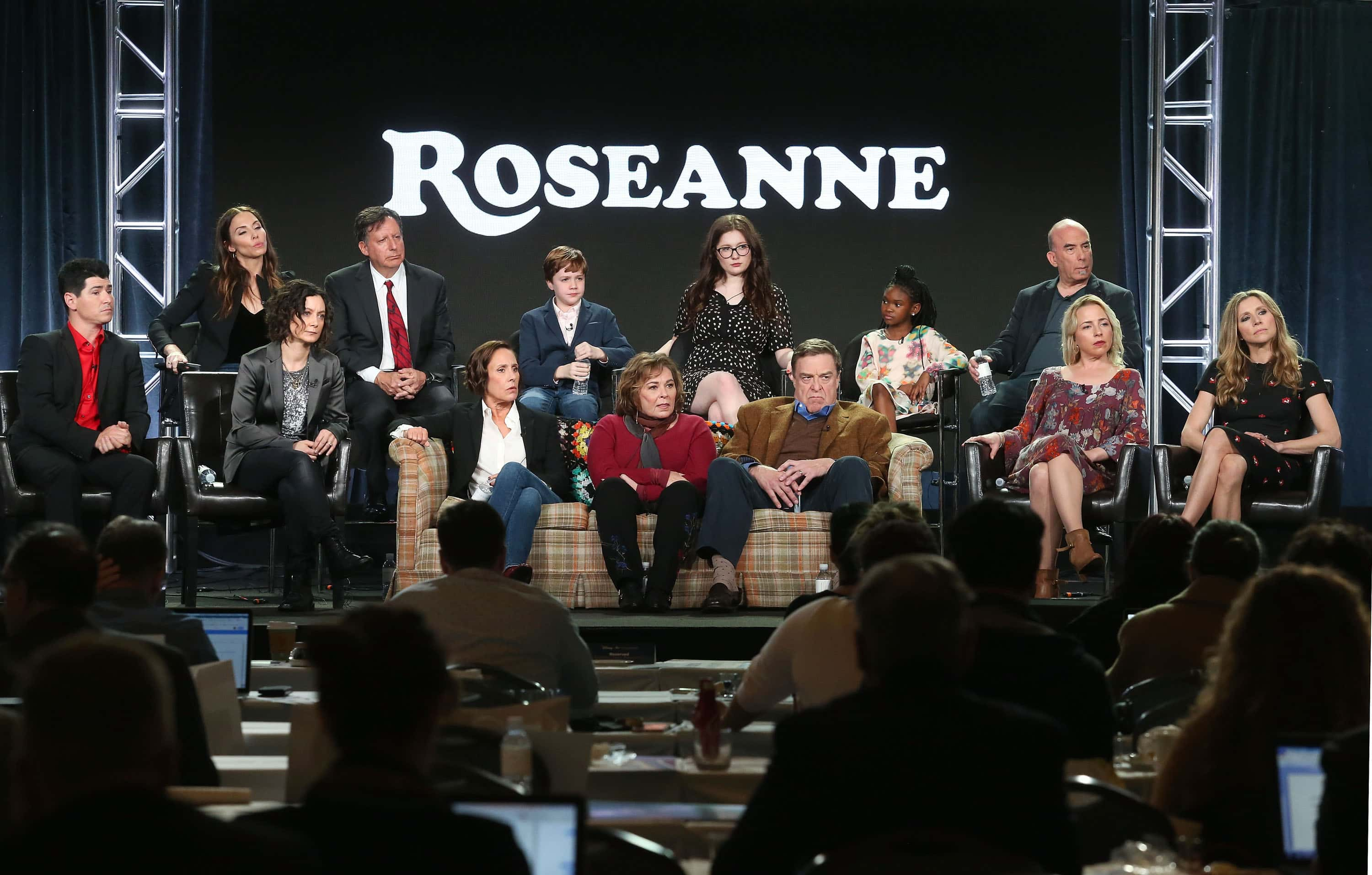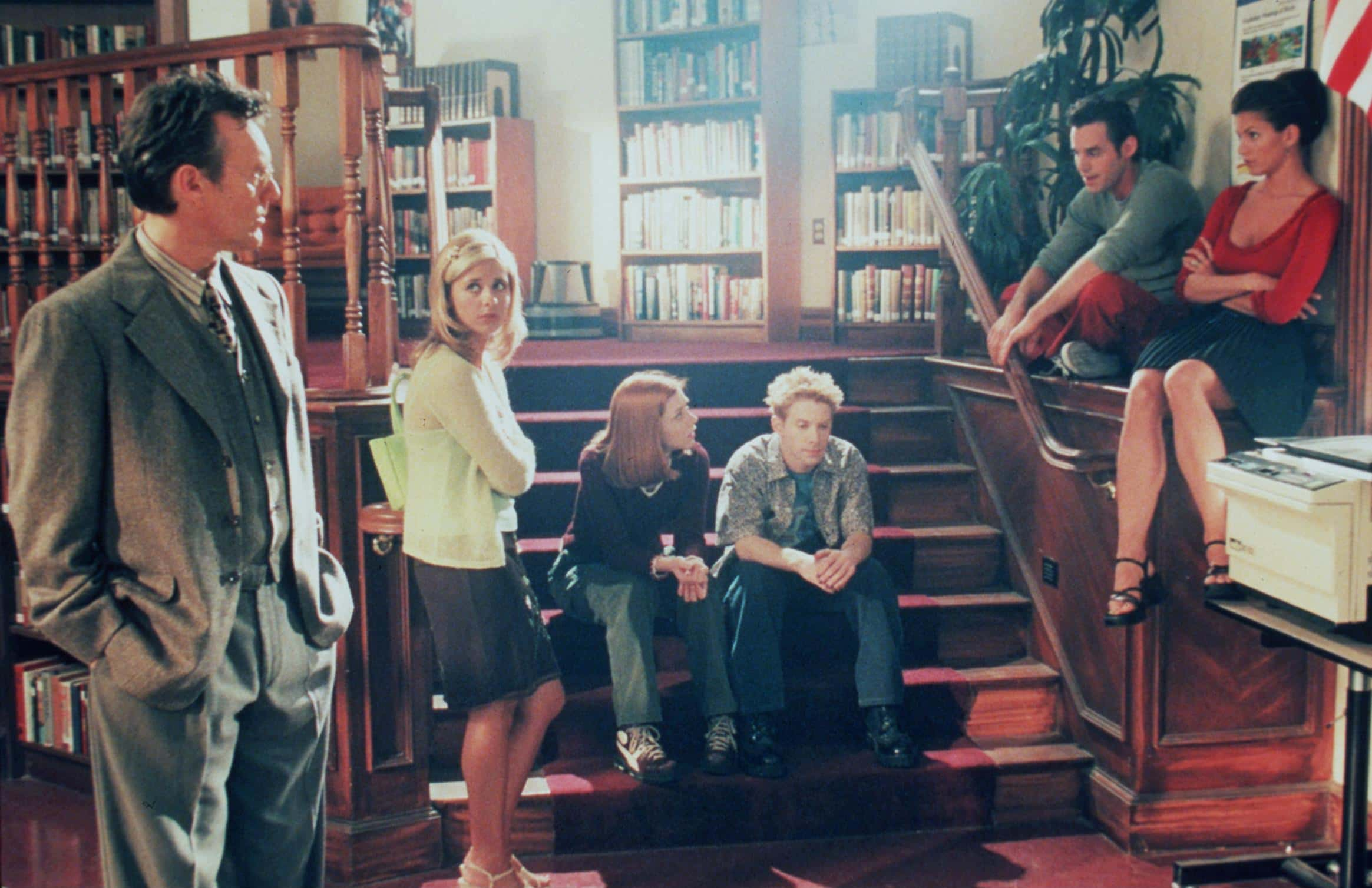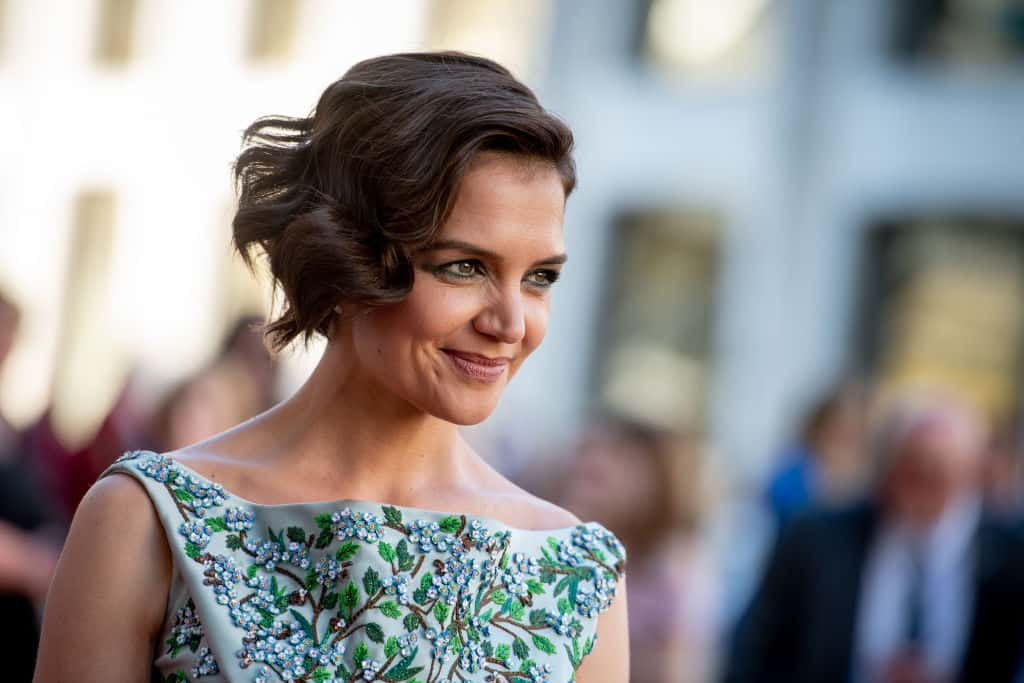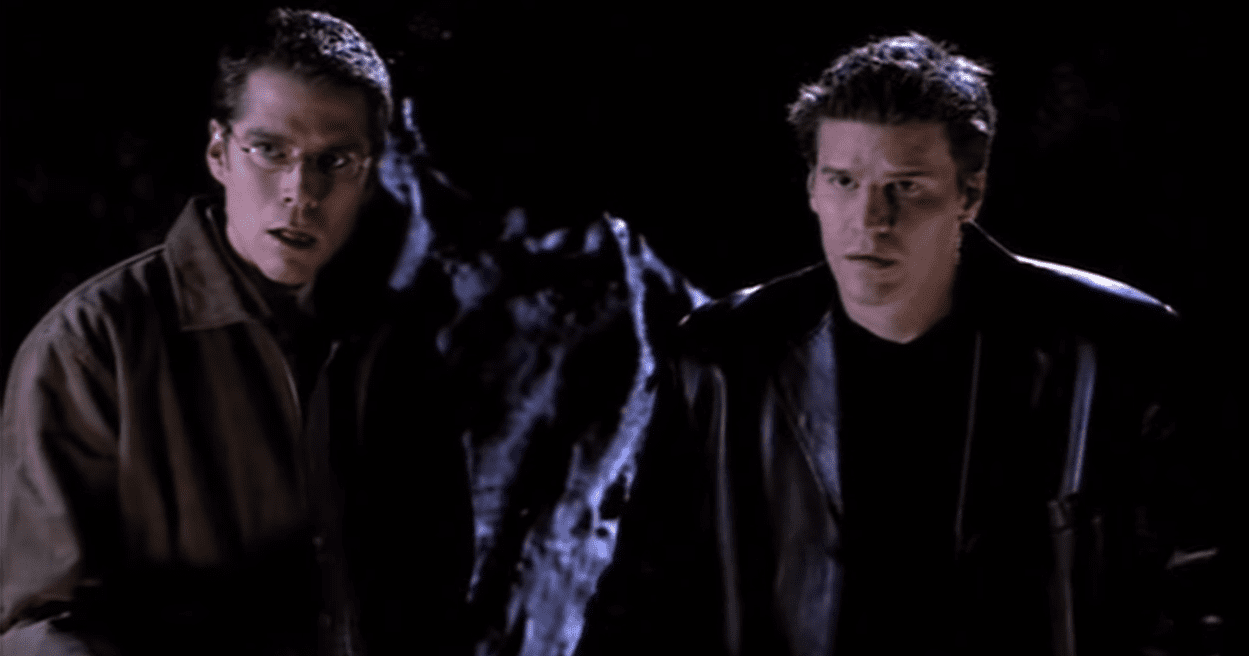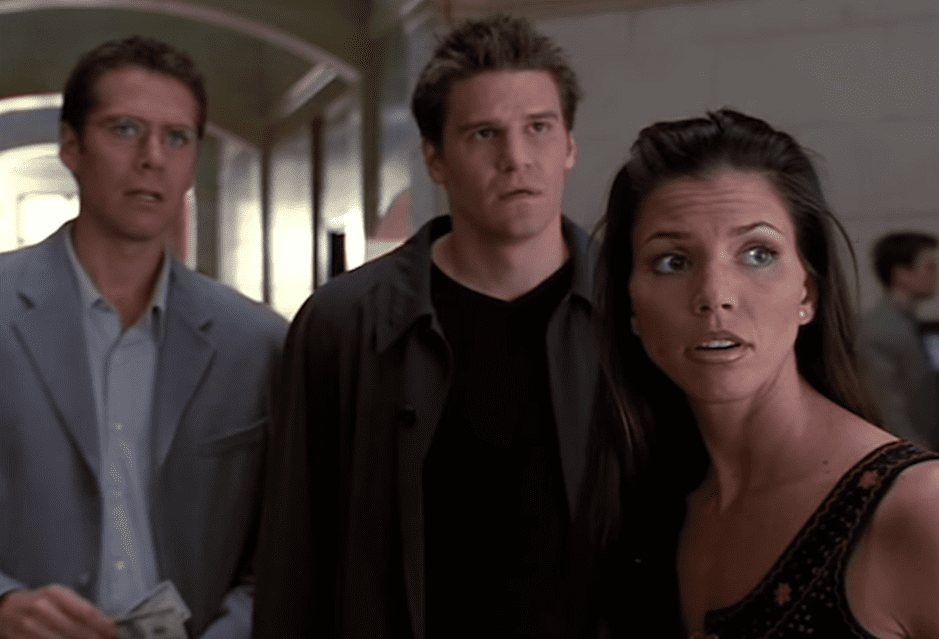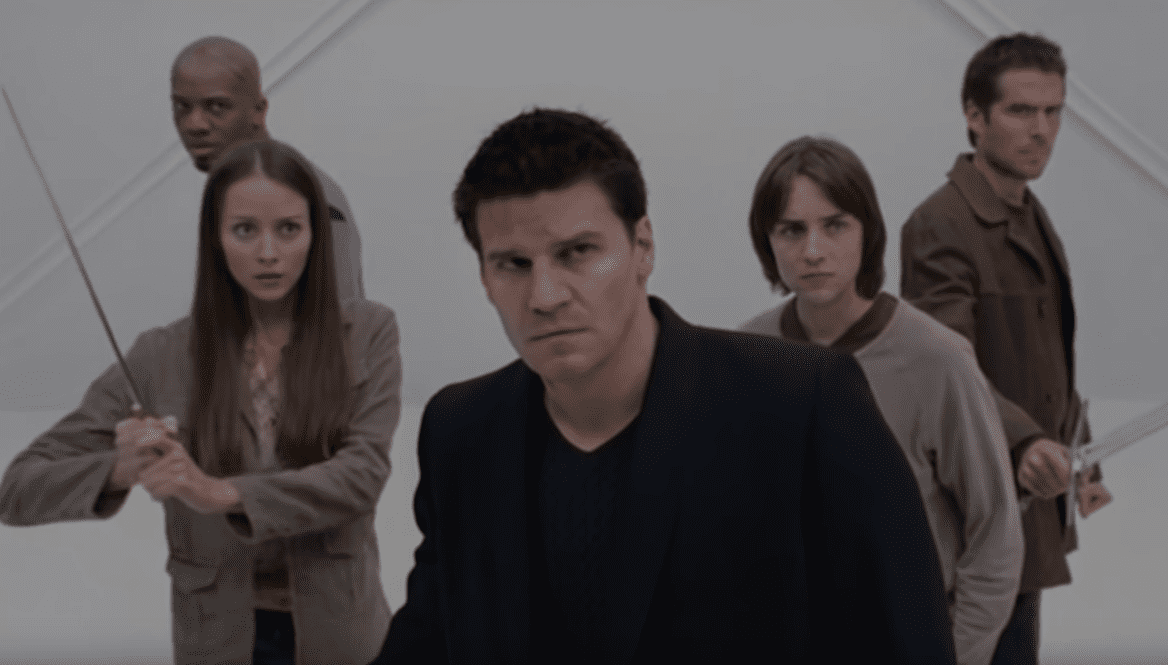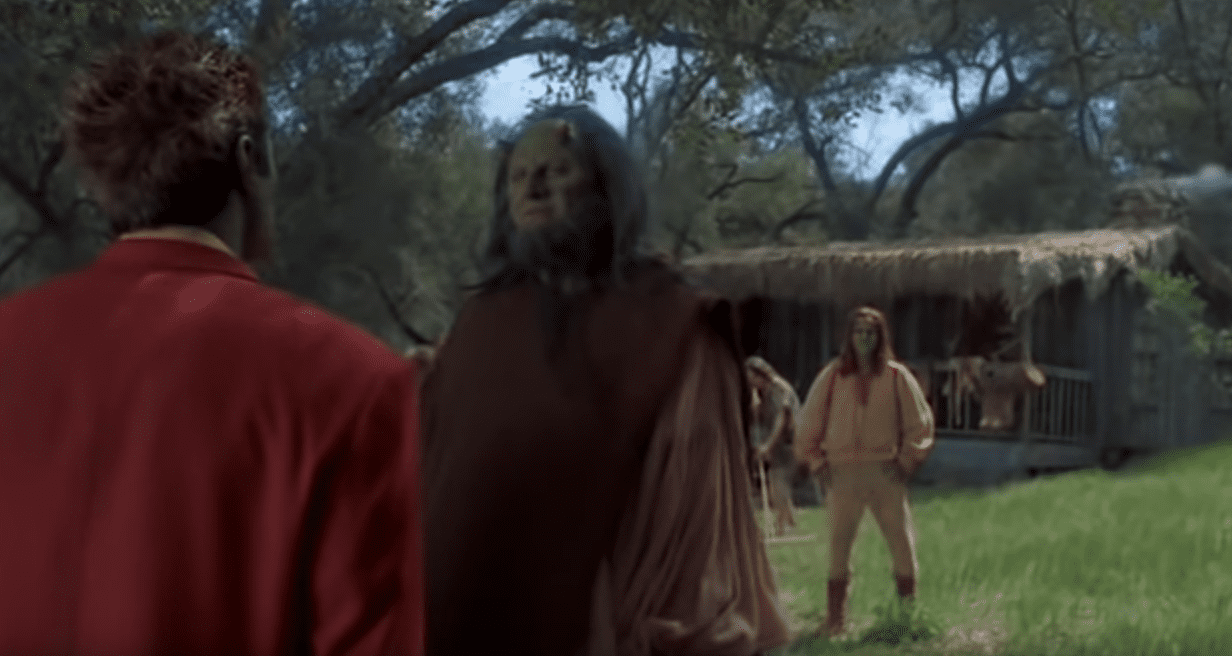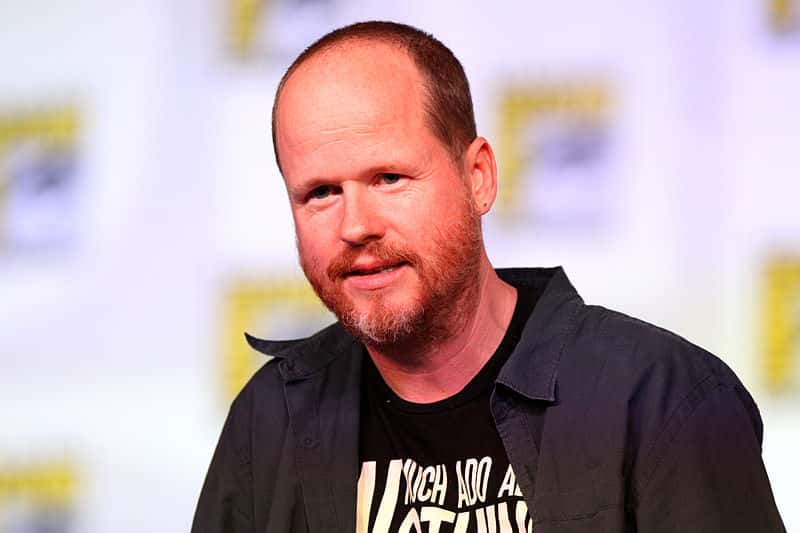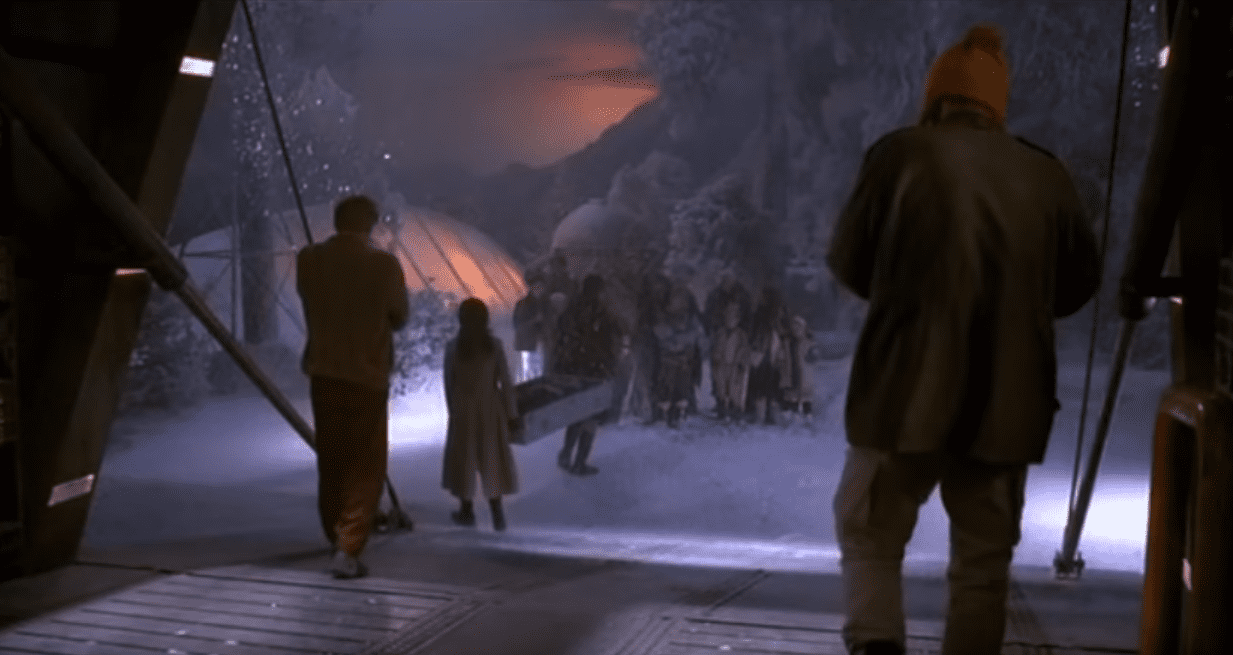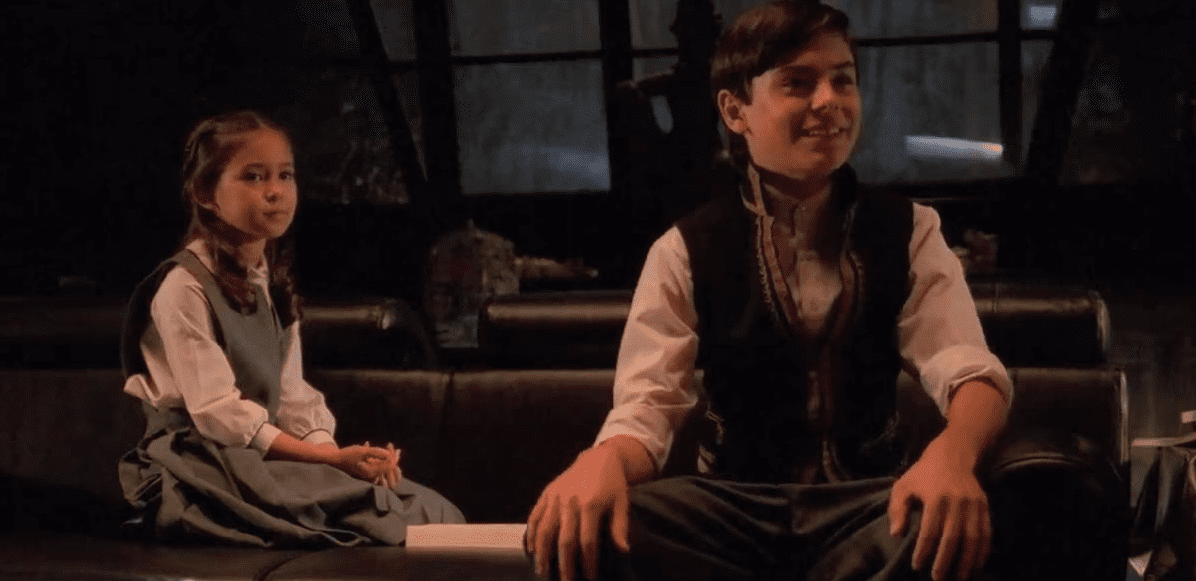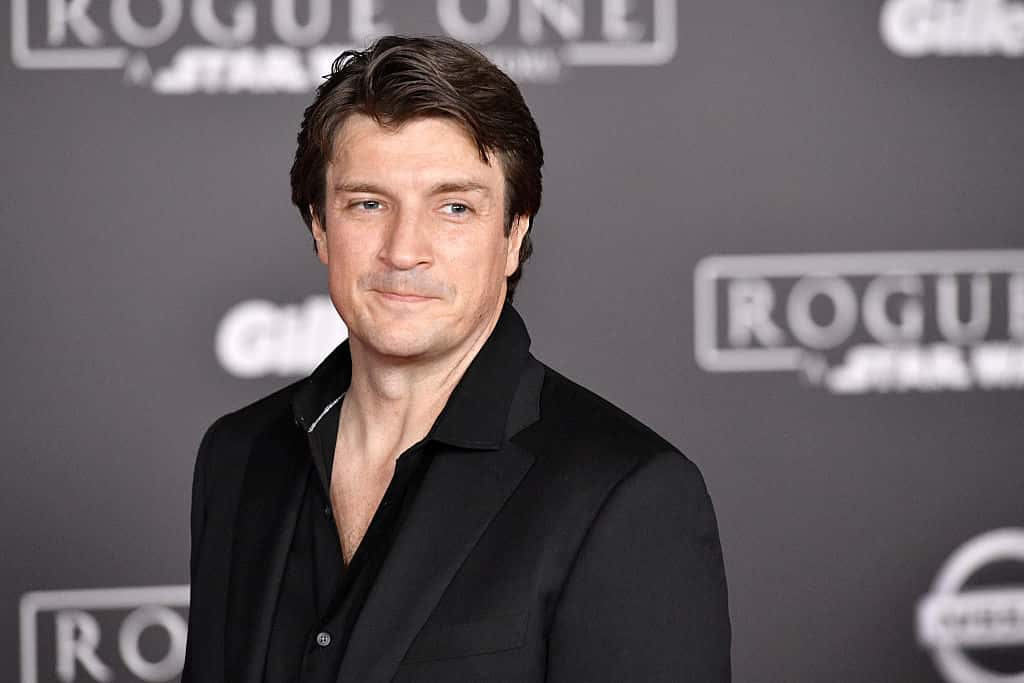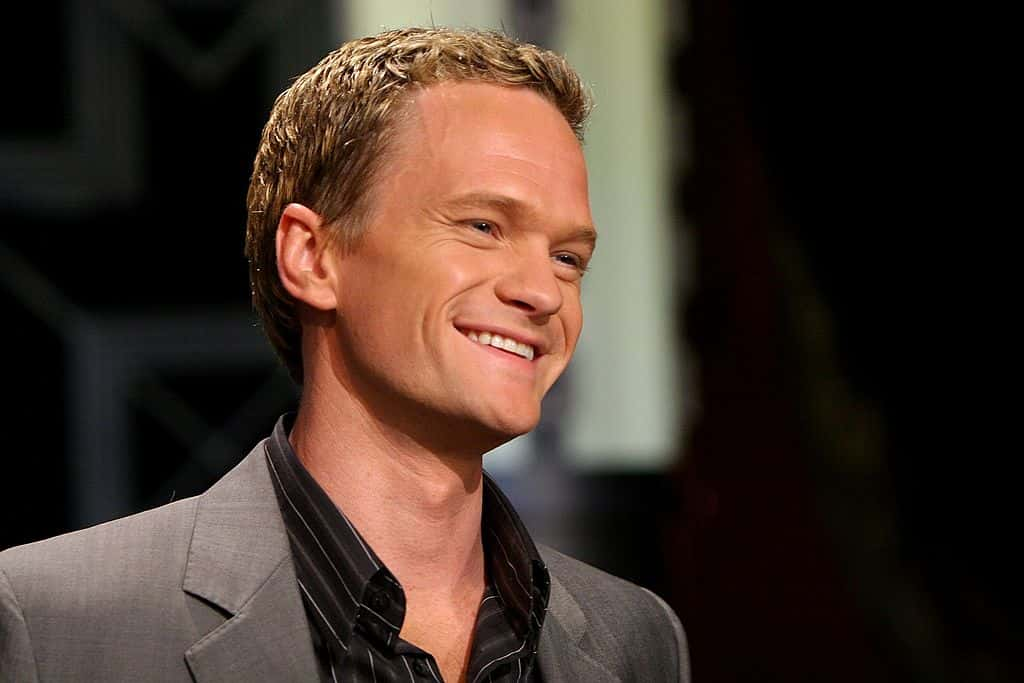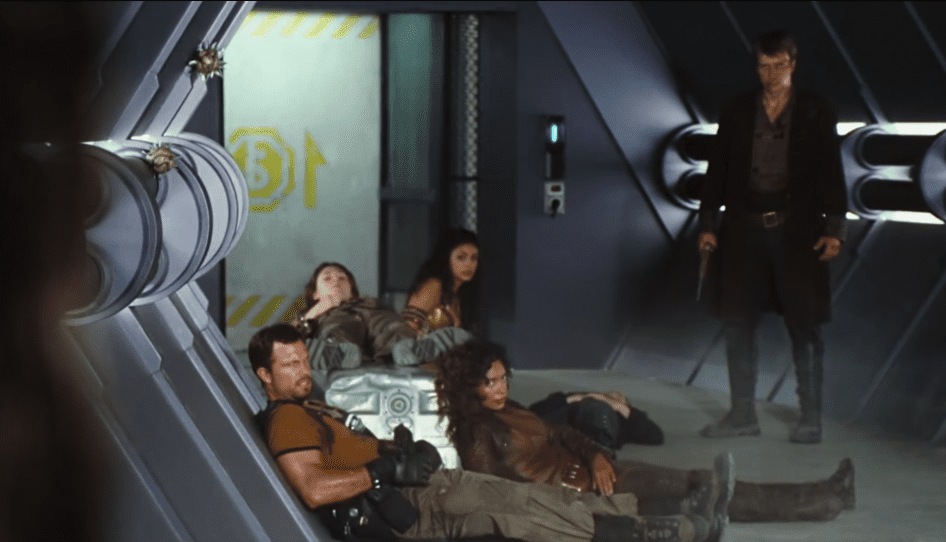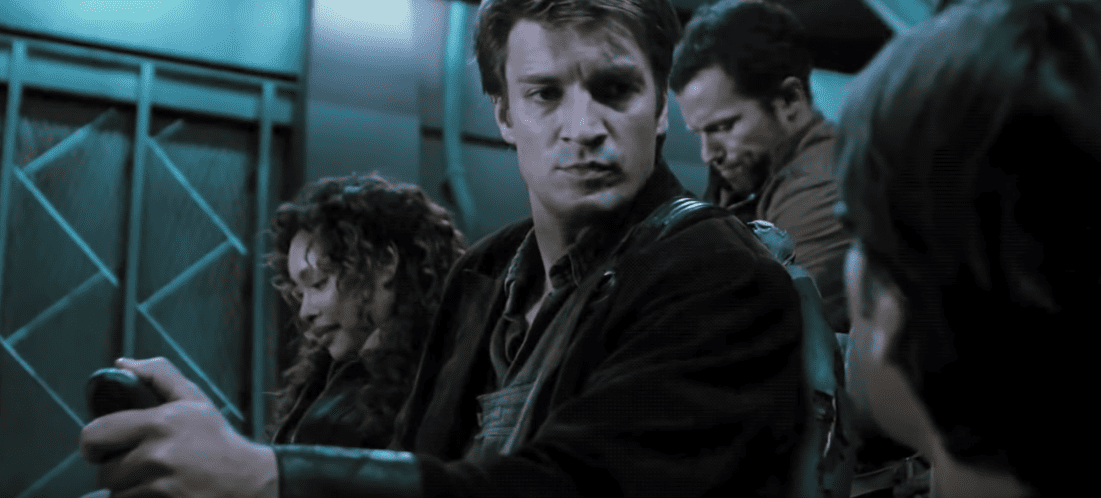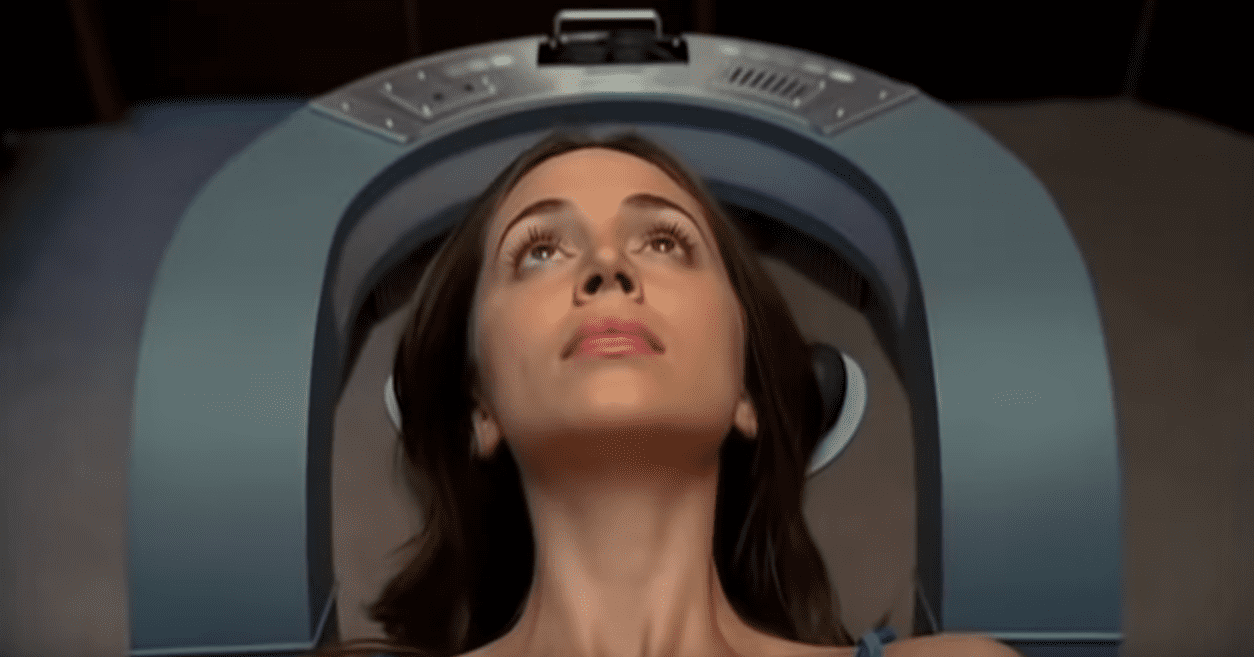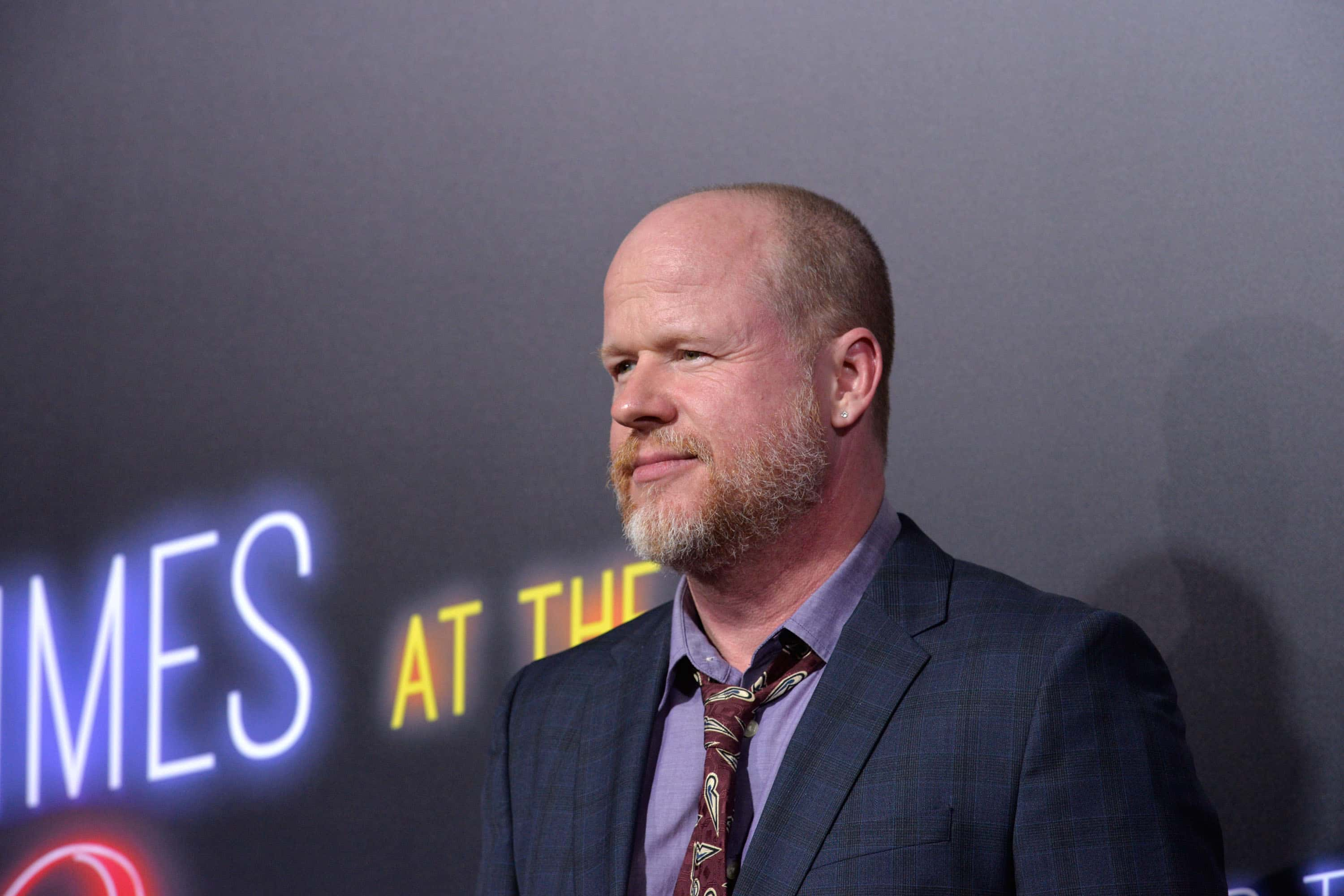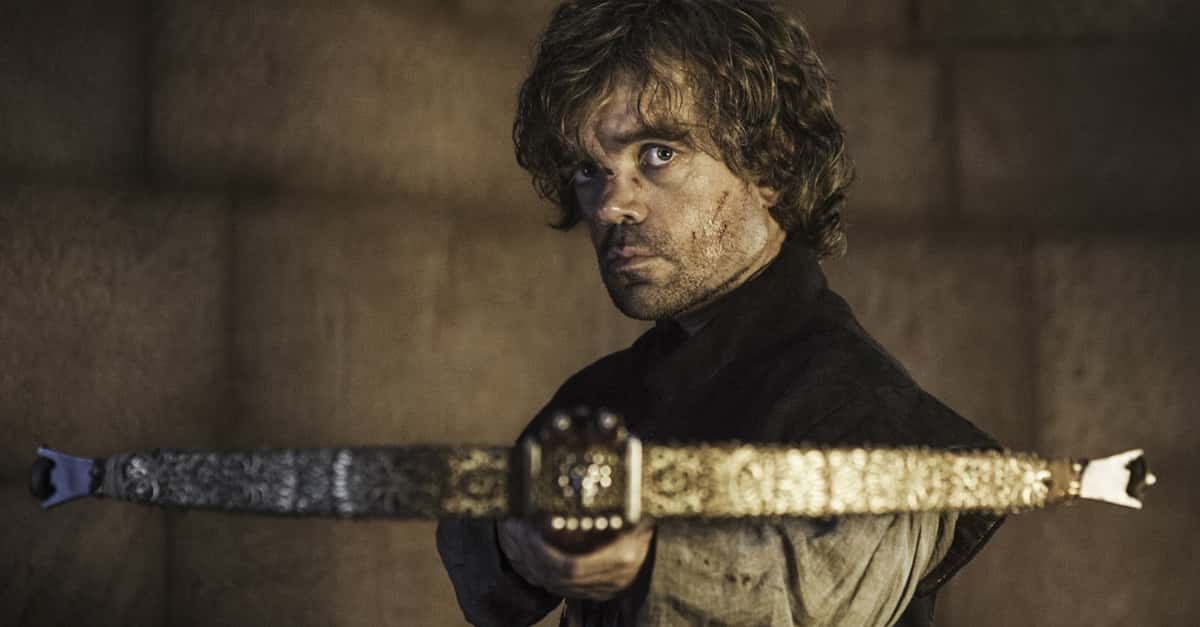Before Hulk-smashing box office records with The Avengers, Joss Whedon cut his teeth and found his feet on television. Often cancelled but never forgotten, Whedon’s shows have achieved fervent cult status, enjoyed widespread critical appreciation, and have even been subject to extensive and in-depth academic study. Before you start that umpteenth rewatch of Firefly or Buffy, let’s first find out a little more about this bonafide TV legend.
Joss Whedon's TV Shows Facts
27. Starting With Sitcoms
Whedon got his first TV gig as a staff writer on Roseanne not long after moving to Los Angeles in the 80s. He wrote episodes for the show in the 1989-1990 season, and went on to pen episodes of Parenthood.
26. Grr...Argh...
Whedon founded Mutant Enemy Productions to produce Buffy the Vampire Slayer, and all of his subsequent shows were produced under the company. The name was derived from theses lyrics from the song "And You And I" by prog rock band Yes: "There'll be no mutant enemy / we shall certify / political ends / as sad remains will die."
25. Third Generation TV Writer
I guess it’s in his blood: His father Tom Whedon worked on The Dick Cavett Show (1968), Alice (1976), and The Golden Girls (1985), and his grandfather John Whedon wrote for a number of sitcoms, including The Donna Reed Show (1958) and Leave It to Beaver (1957).
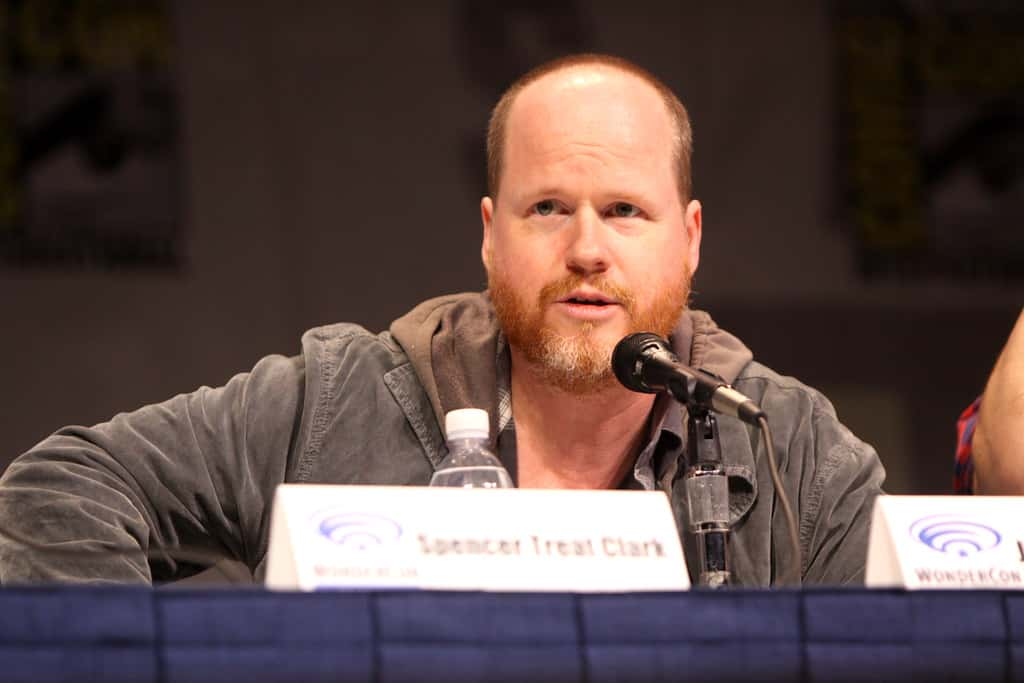 Flickr,Gage Skidmore
Flickr,Gage Skidmore
24. Buffy and Cordy
Before ultimately nabbing the role of the Slayer, Sarah Michelle Gellar originally auditioned to play Sunnydale High queen bee Cordelia. Charisma Carpenter, who played Cordelia, had originally auditioned to play Buffy.
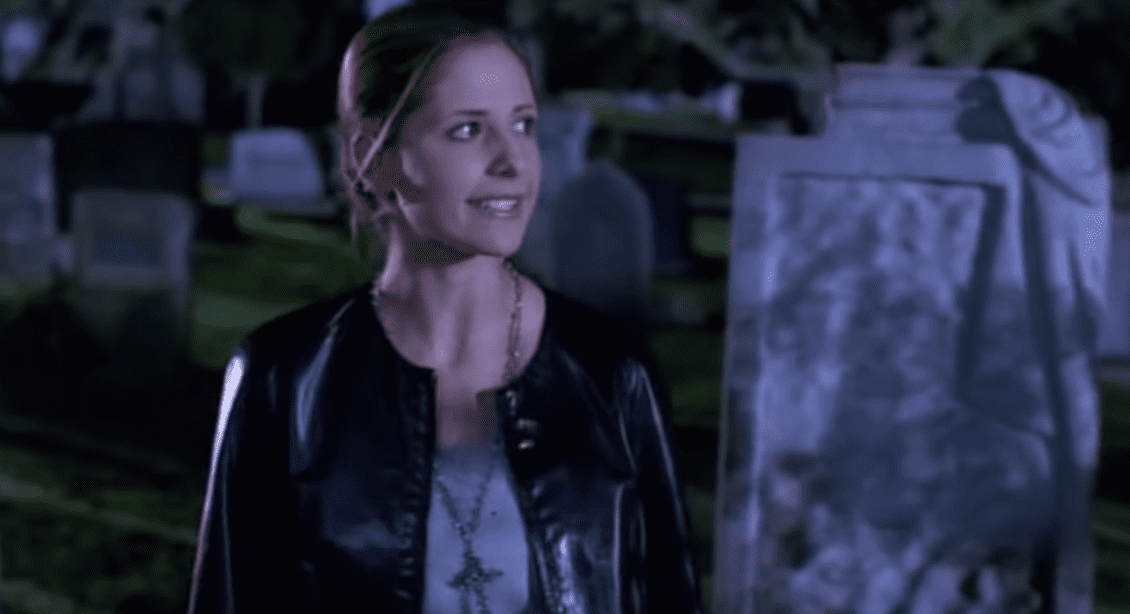 Buffy the Vampire Slayer 20th Century Fox Television
Buffy the Vampire Slayer 20th Century Fox Television
23. High School Never Ends
Some more interesting “what-if” scenarios: Katie Holmes was originally offered the role of Buffy, and Ryan Reynolds was offered the role of Xander. Holmes turned it down to go to real-life high school, and Reynolds turned it down because he’d just finished high school and couldn’t bear to relive the experience.
22. Animated Antics
An animated series of Buffy began development in 2001, and would’ve focussed on the gang’s exploits in high school starting circa season 1. A number of scripts were written and a rough pilot was created with most of the key cast members reprising their roles, but Whedon couldn’t find a network willing to buy the series.
21. The Whedonverse Expands
The character of Angel spun off into his own show. The spin-off, created by Whedon and David Greenwalt, began airing on The WB from October 5, 1999 until its final episode on May 19, 2004. The show consisted of 110 episodes in total over five seasons.
20. Not Your Daddy’s Vampire Show
Despite being a Buffy spin-off, Angel was intended to establish a very different style and tone from Buffy from the beginning. It was originally conceived as supernatural noir, and Whedon and his team “wanted a much darker show, darker in tone. It’s set in Los Angeles because there are a lot of demons in L.A. and a wealth of stories to be told.”
19. Stuck in Angel’s World
18 actors from Buffy the Vampire Slayer reprised their role on Angel in some capacity over the course of the show’s run, but none of the characters that originated from Angel ever appeared on Buffy.

History's most fascinating stories and darkest secrets, delivered to your inbox daily.
18. Dance, Joss, Dance!
Whedon has rarely appeared in front of the camera for his own shows, but it has happened. He made an uncredited voice-only appearance in the Buffy’s “I, Robot… You, Jane” as a newscaster, and first appeared on screen as the dancing demon Numfar of the Deathwok clan on Angel in “Through the Looking Glass.”
17. The Saga Continues
After Buffy and Angel finished airing, the stories were continued in comic book form. The collected volumes (three so far for Season 8, Season 9, and Season 10) are considered canonical seasons of the show, and many of the stories have been written by Whedon himself.
16. The Ones That Never Spun
A number of other potential spin-offs were considered or toyed with during and following Buffy and Angel’s original run. These included a Spike movie, a “Slayer School” TV show, a Faith spin-off, and a Rupert Giles spin-off called Ripper. A lot of the ideas, characters, and plotlines created for these spin-offs ended up making their way into canonical comic books.
15. Crossover Episodes
After Angel became its own thing, there were a number of crossovers between the two shows throughout their runs. A total of 13 Buffy episodes contain crossover elements, and 22 Angel episodes.
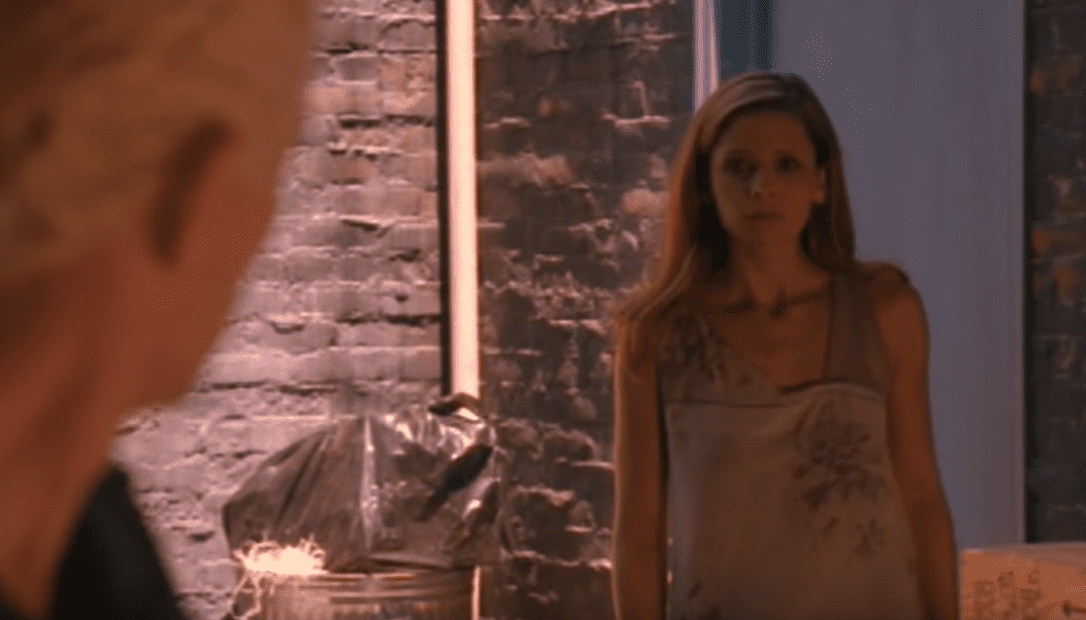 Buffy the Vampire Slayer 20th Century Fox Television
Buffy the Vampire Slayer 20th Century Fox Television
14. Cut Down in its Prime
The funeral scene in Firefly’s episode "The Message" was filmed after the cast found out that the show had been cancelled. All that pain and mourning on the screen is very real. "The Message" is also one of the three episodes of the show that were not broadcast in its original run in 2002, the other two being "Trash" and "Heart of Gold."
13. Introducing Zefron
The show’s episode "Safe" features Zac Efron as a young Simon Tam. It was Efron’s first TV appearance.
12. Not Written for Fillion
It’s hard to imagine anyone else as the lovably sardonic Captain Mal Reynolds now, but Nathan Fillion was not the first choice for the role. It was originally written for Nicholas Brendon (who played Xander in Buffy the Vampire Slayer), but the shooting schedule ended up conflicting with his commitments.
11. A Civil War Story
Firefly was originally inspired by Michael Shaara’s Pulitzer Prize-winning novel The Killer Angels, which takes place over four days at the Battle of Gettysburg during the American Civil War.
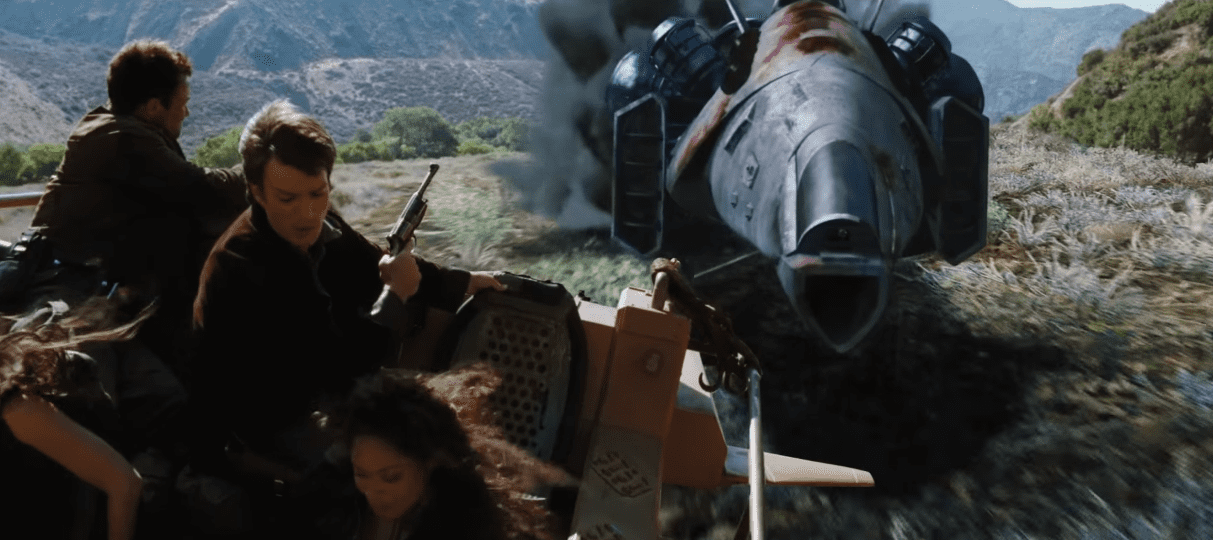 Firefly,Fox
Firefly,Fox
10. Neil and Joss; Take One
Neil Patrick Harris auditioned for the role of Dr. Simon Tam in Firefly. The role ultimately went to Sean Maher, but Harris would eventually go on to work with Whedon on Dr. Horrible’s Sing-Along Blog.
9. You Can’t Take the Sky From Me
Whedon wrote the music and lyrics for “The Ballad of Serenity,” Firefly’s opening theme song.
8. What Were They Thinking?
Fox, in their infinite wisdom, felt that Firefly’s two-hour pilot episode “Serenity” was not quite strong enough to air as the show’s first episode. So instead “The Train Job” (technically episode two) was shown first because it was more action-packed, despite the fact that it contained dialogue alluding to the events of “Serenity.” The pilot was eventually aired at the end of the series’ run.
7. “Hell is empty and all the devils are here…”
Thought you’d made your peace with Firefly’s cancellation? There were plans to feature Whedon alumni Amy Acker, James Marsters, and Alexis Denisof as a travelling Shakespearean troupe who try to put on a play in the ship’s cargo bay. Still stings.
6. Writing is Rewriting
Mutant Enemy Productions maintained a thorough, consistent type of writing process across Buffy, Angel and Firefly. First an idea was proposed, usually by Whedon, then the writers developed the central theme of the episode together as well as the central character development. Next, the staff would begin "breaking" the story into acts and scenes, and a writer would then be selected to outline the episode. This outline was then given to the show runner, who revised it, and this revised outline was used by the original writer to produce a first draft of the script. This draft would be finished within 3 to 14 days and submitted to the rest of the staff for revision. Then a second (and sometimes a third, or fourth) draft was written, revised once again, before the showrunner took one last pass at it and a final “shooting draft” was eventually produced.
5. A Promising Start for Dollhouse
Though it was cancelled after only two seasons, Fox initially displayed an unusually high level of confidence in Dollhouse. Whedon pitched the first seven episodes of the show to Fox in 2007, and was given a seven-episode order without even having written a pilot.
4. Earlier Origins
Though he came up with the premise of the show during a lunch with Eliza Dushku (who ended up playing the lead), several elements of Dollhouse were first featured in an unproduced spec script Whedon wrote in 1994 called Afterlife. The script centres on a middle-aged scientist who dies and has his mind transferred to a younger body, which just so happens to be the body of a notorious serial killer. He ends up on the run, and his body’s original tendencies start to reemerge.
3. Sweet, Sweet Freedom
A three-act musical comedy-drama miniseries, Dr Horrible’s Sing-Along Blog was released exclusively on the Internet in 2008. Budgeted at just over $200,000, Whedon funded the project himself and effectively acted as his own studio.
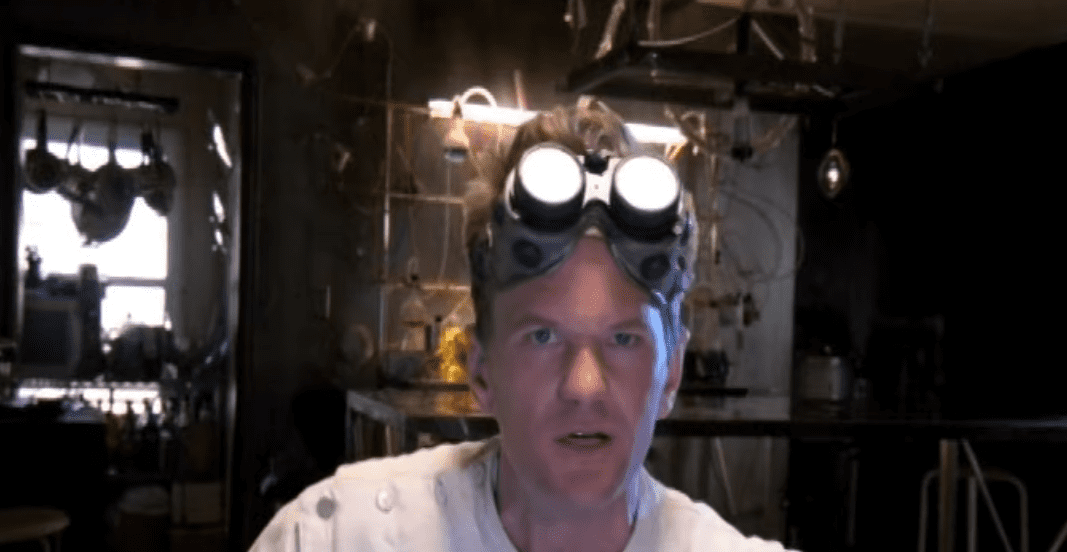 Dr. Horrible
Dr. Horrible
2. Young Actors Need Special Treatment!
Eliza Dushku, who plays Faith, refused to do nude scenes on the show because she grew up Mormon. She was also a minor and had to receive emancipation to work the show's long hours. She says that the judge was a fan of the show and signed the order if she could get a signed photo of Dushku.
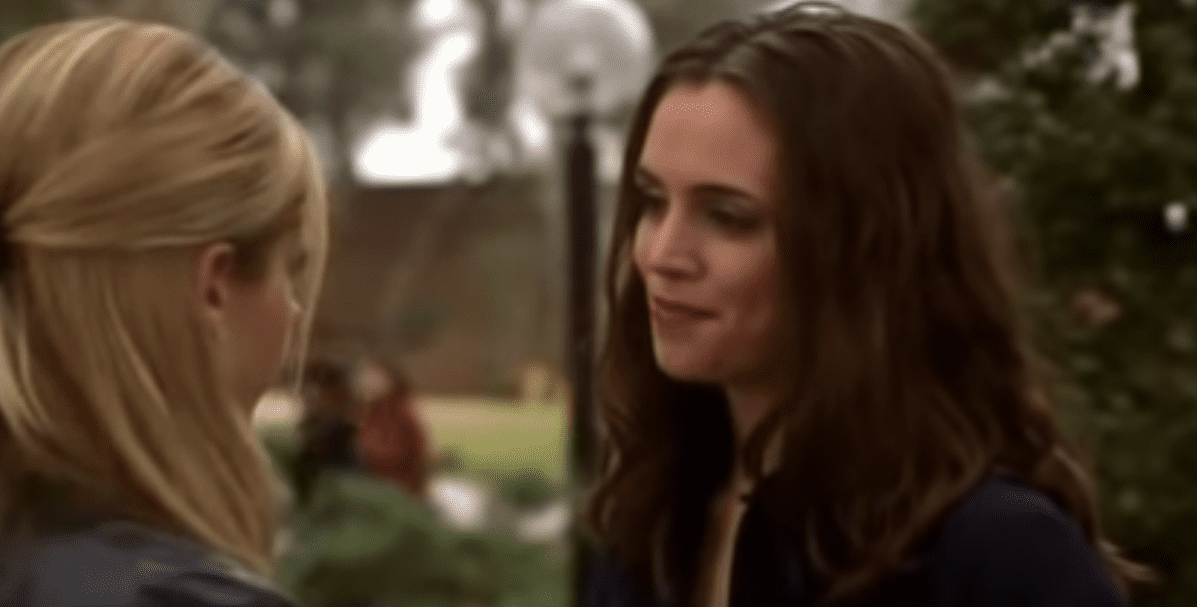 Buffy the Vampire Slayer 20th Century Fox Television
Buffy the Vampire Slayer 20th Century Fox Television
1. Emmy Enemy
Though his shows have picked up a handful of nominations in technical categories at the Emmys and a few wins, Whedon has only been nominated once there as a writer. This was for Buffy’s season four episode “Hush” in 2000, which features 28 minutes where no dialogue is spoken.
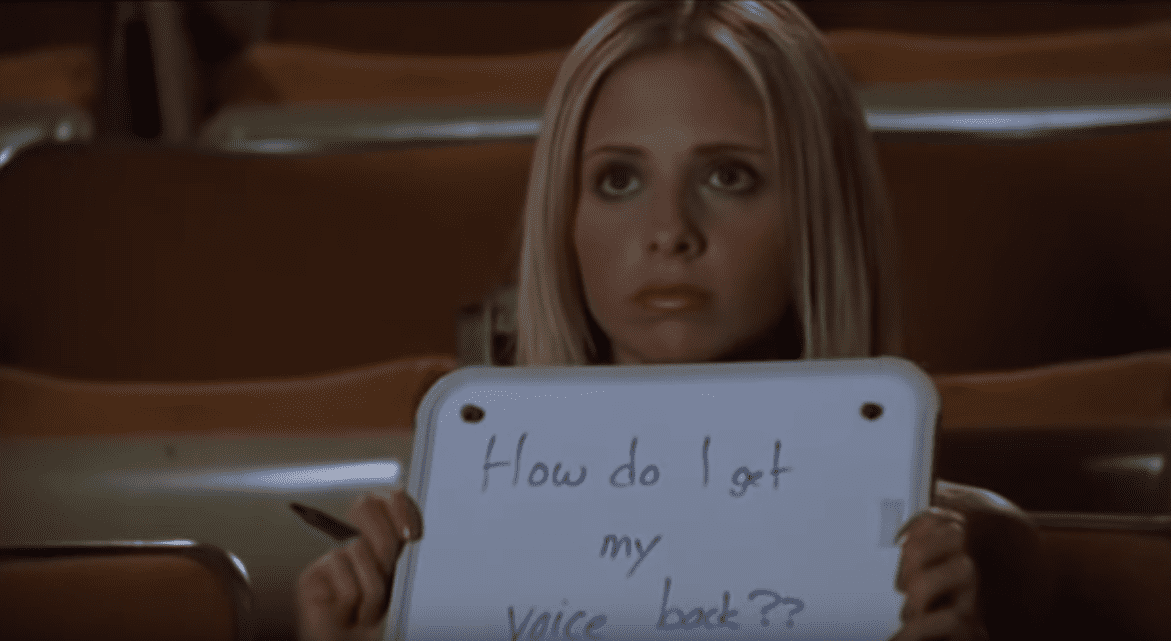 Buffy the Vampire Slayer 20th Century Fox Television
Buffy the Vampire Slayer 20th Century Fox Television
Sources: 1, 2, 3, 4, 5, 6, 7, 8, 9, 10, 11, 12, 13, 14, 15, 16, 17, 18, 19, 20, 21


